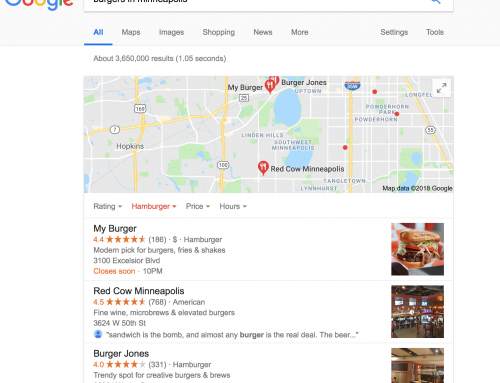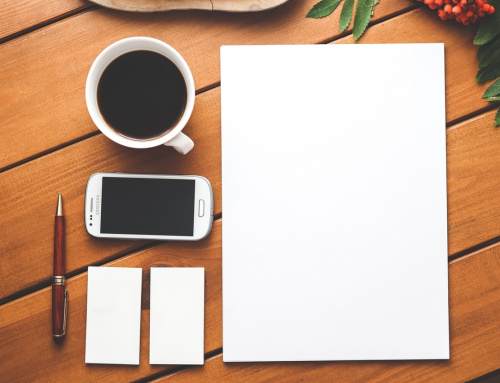“Design is in everything we make, but it’s also between those things. It’s a mix of craft, science, storytelling, propaganda, and philosophy.”
—Erik Adigard, designer and media artist
STORYTELLING? IN WEB DESIGN? REALLY?
Yes. Storytelling can make or break a business. Whether or not you have heard a formal story from a major brand, you likely have been taught to view them in some way because of the way they put visual content with well-crafted words. That goes for their website too. Odds are, if you are reading this blog, I don’t have to convince you of how necessary and how powerful a well-done web design will present your story and help you meet your business goals. Storytelling web design is here to stay. Let’s look at 3 concepts for telling your story through how you design your website.
TREND 1: SINGLE PAGE SCROLLING SITES
Forbes is predicting “Scrolling” to be one of the 9 Web Design Trends to Watch in 2016. I have to agree. What makes scrolling unique is that the user “travels” through your site image by image and almost has to take part in hearing your story. If you need to connect with new customers that are tech savvy and looking for interaction, this is a great way to model your site. I would like to say I don’t see this as a long-term go-to. Plan to use it while its hot and then jump to something a bit more stable once customers connect or check for new developments. Storytelling web design is great for a branding or marketing campaign or if you use a site for a special promotion or product whether B2B or B2C.
TREND 2: HERO IMAGES
Forbes spotted this trend too. Envato gives quite a bit of good information by sharing common examples of how the “Hero Image” is being used today. Two of the most consistent factors seem to be the use of a large header and dynamic high definition pictures. If you checked the Envato link you might notice that a Hero pic may or may not contain a person. So if you are asking, “What is a ‘Hero Image’ exactly?” don’t worry for two reasons.
First, you aren’t the only person to ask this. I ran across an interesting conversation that started with this very question over at DesignerNews. I concur with Robin Raszka who said: “For me, much bigger mystery is why Americans call a french baguette a Hero.” That is a mystery Robin, a very deep mystery. The second reason is because your web designer will know when you ask them to incorporate it. It’s the next “big” thing and its been here long enough to get noticed. Here’s good ol’ Wikipedia’s definition so you can track along when you start talking about it:
“Hero image is a term used in web design for a specific type of web banner. A hero image is a large banner image, prominently placed on a web page, generally in the front and center.”
–Wikipedia, Center of Knowledge for a large amount of failed college “research” papers
TREND 3: S.E.A.M. FONT
Who knows what you would find if you were looking for a S.E.A.M. font on Google search? Well, me, because I checked after I wrote that sentence. What I mean is Simple, Extreme, Artistic, Modified font. You want to create or modify your typography (that’s fancy for font) to create a custom font to suit your site and tell your story. I am combining the key aspects that AIGA shares in a recent blog article. You want a font that is “Simple” and “Artistic” in design, Extreme (really BIG or really SMALL) in size, and “Modified” (customized) to be uniquely yours. They go as far as to note a trend in design where typography is being super-imposed on visuals and become a part of the graphic. How about that for a “Super” Hero Picture? You see what I did there. Yeah, it almost didn’t make the cut. I might regret that later. One thing is for sure, your font plays a major role in storytelling in web design.
STORYTELLING WEB DESIGN SUMMARY
There’s a lot that goes into web design. There’s a lot that goes into storytelling. When both come together and storytelling web design is successful, you build your brand, invite your customers to come and get to know you, and you maintain consistency in your public image. If you were to apply these three trends today, you would have a single page “Scrolling” site that uses Hero Images to paint a dynamic portrait of who you are as you direct and lead customers further into your unique story with every single letter on your page. So even if you’re a Des Moines Chiropractor, or a Saint Paul Business Coach, or a Minneapolis Attorney, storytelling is important!
RELATED ARTICLES
BRANDING: TIMING AND TRAINING TO BE AN OVERNIGHT SUCCESS
INTERVIEW WITH RYAN GATES, CHIEF CREATIVE AT MOVING EDGE MEDIA





